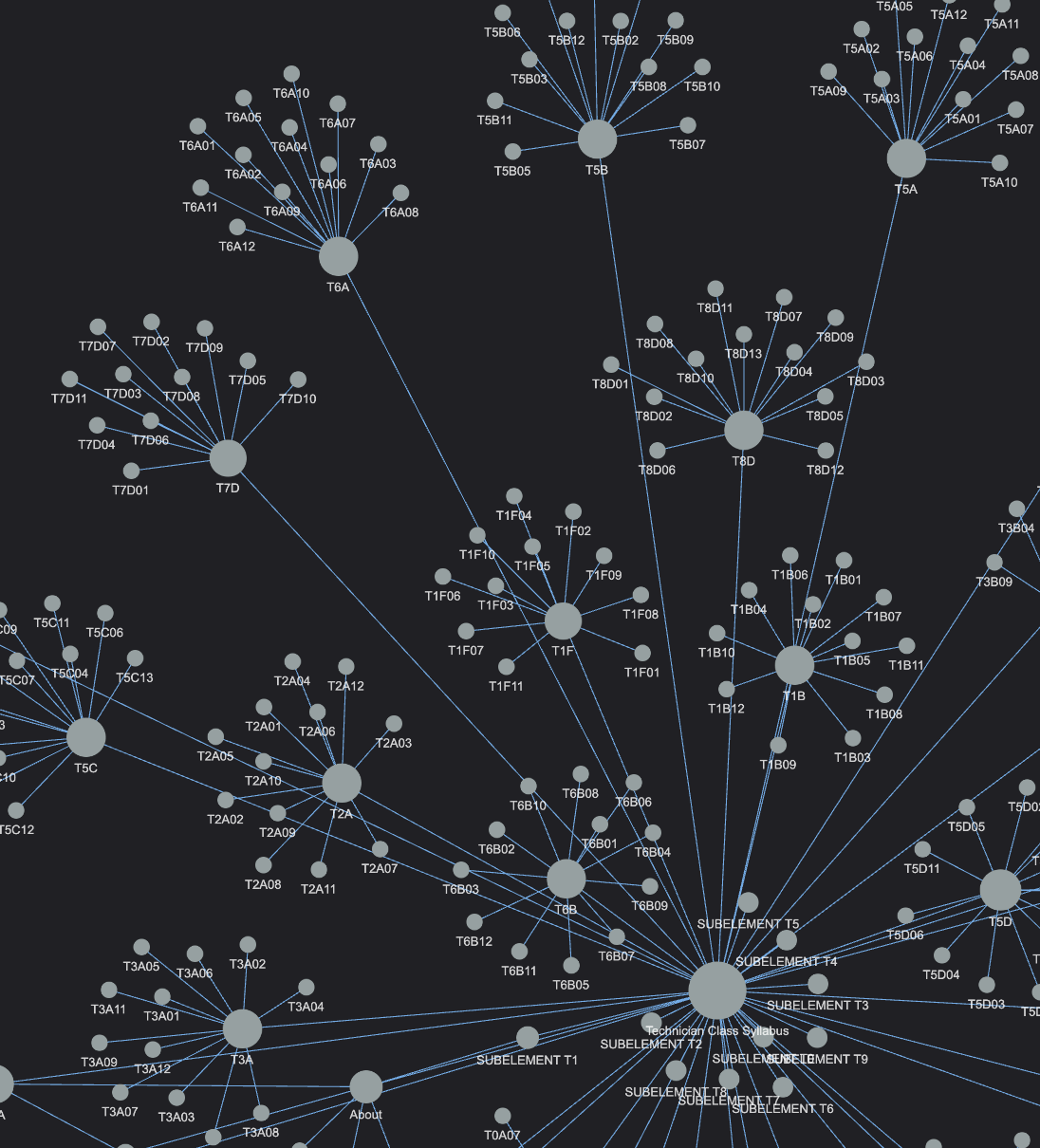Back from outer space
The health difficulties that presented themselves in May have been thouroughly beaten down. This is a one shot post with no attempt at revision or refinement. Bear with my rambling if you feel inclined to continue.
I have had some time during the past few months to think about my relationship with ham radio. In the months since my return I can say that it has been, generally, a disappointment.
Much like the time I felt pushed out of the hobby in Cleveland, I have had a few encounters that remind me that I do not feel like I am a strong fit for “ham culture”. In spite of a supposed apolitical nature, I've run into far too much political posturing at local meetups. Unless it's dealing with keeping the spectrum and being advocates for radio technology, I engage with this hobby to get away from that.
The second letdown is the current state of the ARRL. I optimistically signed up for three years of membership. The only communications I've received from them were sent to the wrong mailing address (one I haven't lived at for seven years), and when I went to correct this, the ARRL rep actually divulged (unauthenticated) other private information about myself. Given that they've already had a ransomware event that they paid out, I would think their sense of digital/online security with PII would be better.
The third letdown has been that DX conversations largely seem to just be about getting as many contacts as possible, not meeting people or developing cross-cultural experiences. My whole experience on the bands has felt quite mercenary. I think FT8 has contributed to this in part, much the same way that text messaging has contributed to a breakdown in robust communications. I'm not looking to rag chew, but being given the sense that I'm wasting someone's time by talking slower (I have speech difficulties/impediments) is disheartening.
I'm sure there's varying opinions and I beg you to consider that this isn't a “You should just try CW” or some other band aid. The warmest, most friendly hams I've run across are, ironically online. I hope I find my inspiration at some point, because in less than a year I'm already burnt out.
AF0CX Blog by Chris Wall is licensed under CC BY-NC-SA 4.0
